Dhaka, January 19, (V7N)– The air quality in Dhaka, Bangladesh's bustling capital, was ranked the second worst globally on Saturday morning with an Air Quality Index (AQI) score of 291, categorized as "very unhealthy."
Global Rankings
The top cities with the worst air quality included:
1. Lahore, Pakistan: AQI 435 (hazardous)
2. Dhaka, Bangladesh: AQI 291 (very unhealthy)
3. Hanoi, Vietnam: AQI 197 (unhealthy)
4. Delhi, India: AQI 186 (unhealthy)
AQI Classifications
The AQI measures the level of air pollution and its potential health impacts:
0–50: Good
51–100: Moderate
101–150: Unhealthy for sensitive groups
151–200: Unhealthy
201–300: Very unhealthy
301+: Hazardous
An AQI score of 291 indicates significant risks for all individuals, especially those with pre-existing conditions, respiratory issues, or cardiovascular diseases.
Pollutants Monitored in Bangladesh
The AQI in Bangladesh tracks five major pollutants:
Particulate matter (PM10 and PM2.5)
Nitrogen dioxide (NO2)
Carbon monoxide (CO)
Sulfur dioxide (SO2)
Ozone (O3)
Recurring Air Quality Issues
Dhaka has long struggled with air pollution, with conditions worsening during the winter due to:
Emissions from vehicles and industries.
Brick kilns operating on the city's outskirts.
Construction activities and unregulated waste burning.
The city's air quality typically improves during the monsoon season due to rain reducing airborne pollutants.
Health Implications
The World Health Organization (WHO) reports that air pollution causes:
7 million deaths annually worldwide.
Increased risks of stroke, heart disease, lung cancer, chronic obstructive pulmonary disease, and respiratory infections.
Urgent measures, including stricter regulations, urban greening projects, and sustainable waste management, are needed to mitigate air pollution in Dhaka and improve public health outcomes.
END/CLM/RH/




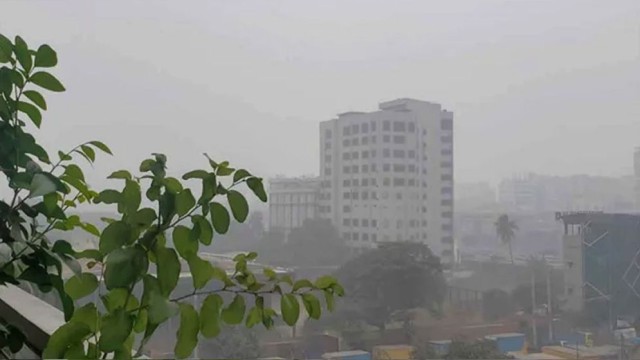
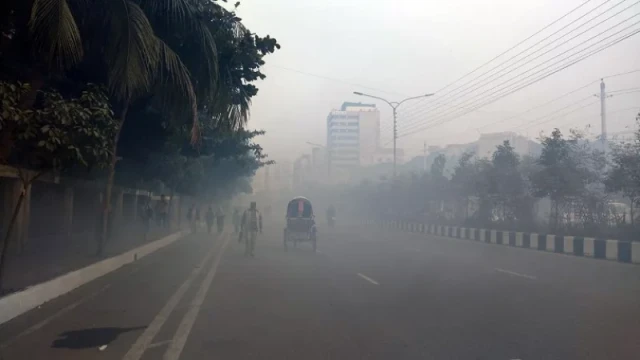
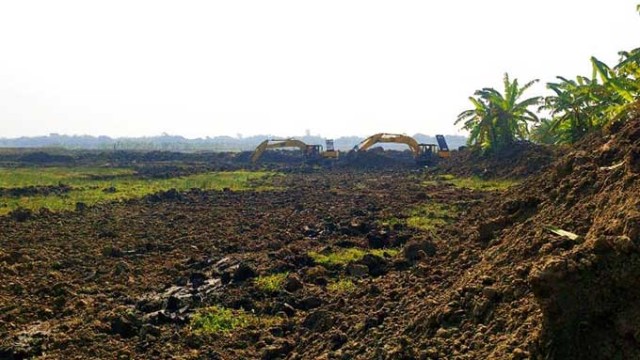
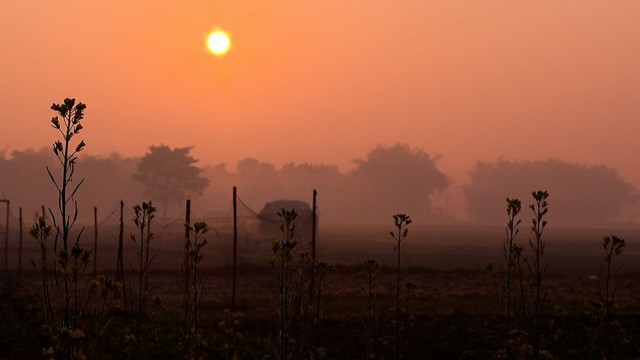
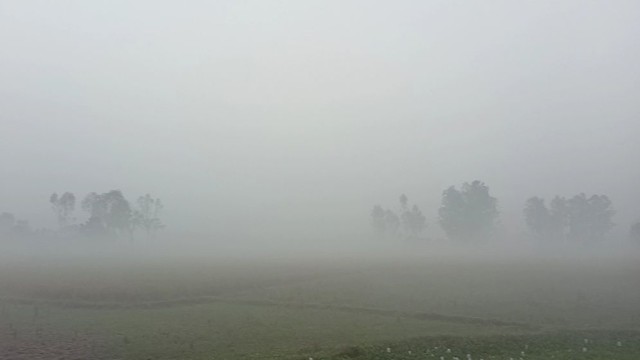
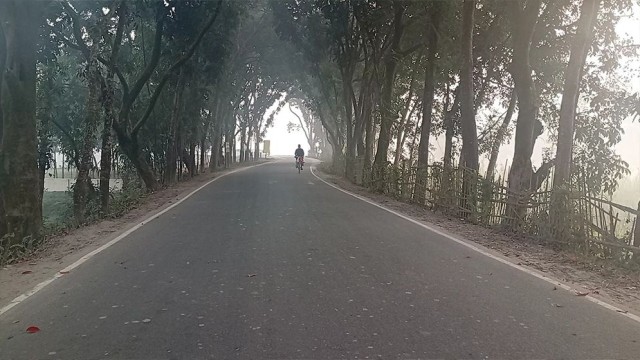
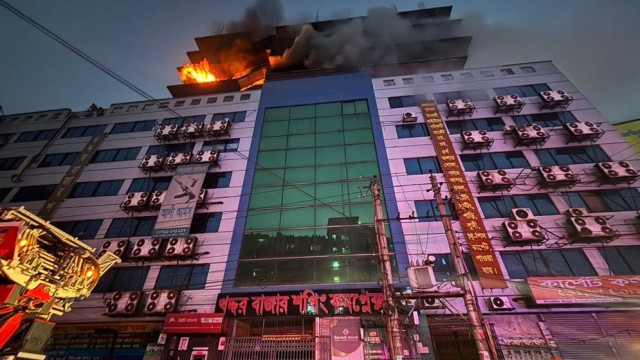


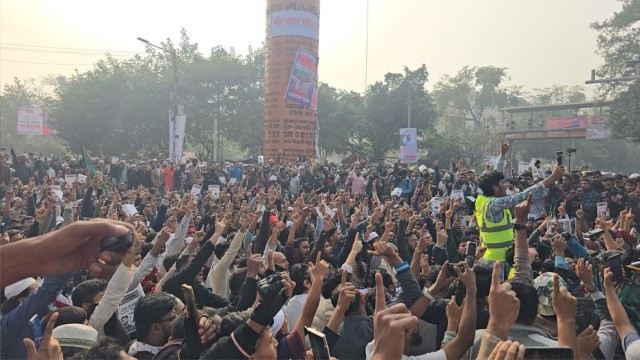



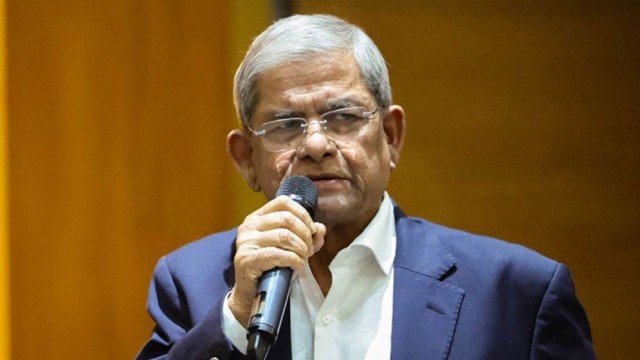












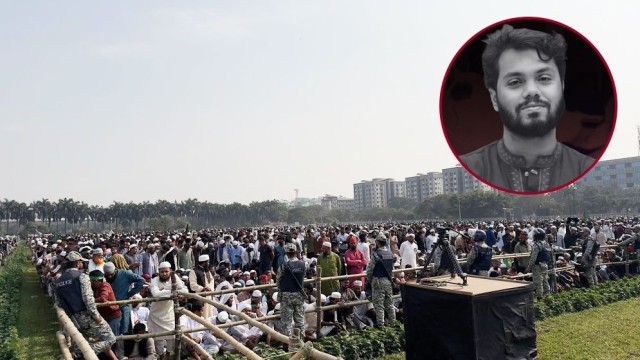
Comment: